How To Be Ready For The Next Disaster
I think it’s critical we know how to be ready for the next disaster. Here’s the deal, you may be a beginner in preparedness or you’ve done enough to be called advanced. Does it really matter? We are here to help one another be prepared for the unexpected.
Sometimes we read something and put it on the back burner. Then again, we may implement some of the things immediately. We just need to do it, period. One step at a time. You can call them baby steps, but start walking now.
The next disaster could be a pandemic, a fire, tornado, hurricane, or a flood, to name just a few. I live in Southern Utah and fires are happening a lot here in the desert this summer.
Some were started by a cigarette butt, a chain hanging down from a truck pulling a trailer or a boat and hitting the highway, and some fireworks started a few as well. All it takes is a spark, and bam, the fire goes wild.
How To Be Ready For The Next Disaster
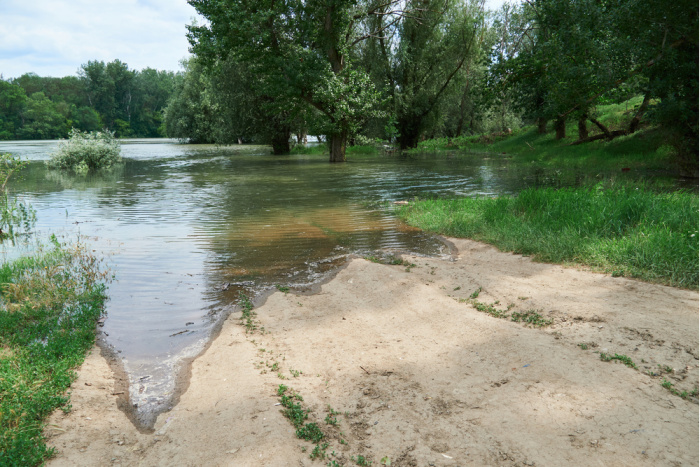
1. Make a Plan with the Family
Sit down with your family and make a plan where to meet after various disasters that could possibly happen in your community. You may not all be home and able to just pile in the car, so to speak. Take a map of your city and trace the roads or highways to exit if you are evacuated.
Mark a spot where you will meet for plan A and plan B, and possibly plan C. You may find roads are flooded or disrupted beyond repair, know where you can walk to meet one another. Make sure everyone understands the plan.
2. Put Together a Get Home Bag
You may be at work, the kids may be at school, or dance lessons. You may be away from home for a number of reasons. Disasters can happen at any time, not when it’s convenient. Put together a Get Home Bag that is in your car or equip your child’s backpack.
I call mine an EDC or Everyday Carry Bag, it’s in the car at all times. Here are some things you may want to consider besides good walking shoes when it comes to getting home.
- Contact List: this is one I designed for my readers: Contact List
- Toilet Paper: you know when nature calls so you may as well be ready. You can use TP for your nose or private parts.
- First Aid Kit: please stock small packets of Neosporin, Bandaids, fever reducer, Benadryl, and whatever you can fit in your bag.
- Hand Sanitizer: it helps to cut down on germs, no matter what the source. We never know who or what we may have to touch, carry, or otherwise deal with during emergency situations.
- Cash: small bills just in case the power is out for an extended period and the ATMs, bank drive-up windows, or other sources for cash don’t work.
- Flashlight: either with or without batteries. I prefer a solar one like this. Goal Zero
- Water container with a purifier: my favorite one is the Sports Berkey Bottle
- Food/snacks: like protein bars, trail mix, crackers, energy bars, and other items we all like in a pinch.
- Binoculars: you may need to see in the distance what is going on or has caused the problems you’re dealing with and thus determine how long you’ll be in the current situation.
- Paracord: cut some strips and tie them to your bag to use when needed.
- Headlamps and batteries: flashlights are great, but if you have to carry items then a headlamp really comes in handy.
- Sunscreen and lip screen/balm: who knows if you’ll be outside when things turn ugly. We may not have the safety and cover provided by an office.
More to add for the next disaster:
- Bug Spray: again, you may be outside when trouble comes.
- Wool socks/boots or comfortable shoes: you may have to hike or walk farther than you expect.
- N95 or N100 masks: we never know if we will be in the middle of a pandemic or an unforeseen disaster where germs become an issue. These would help with widespread diseases or smoke inhalation.
- Hatchet: you never know when you may need one of these.
- Bandannas and rain ponchos.
- Duct Tape: you can use duct tape for so many things, the list is endless.
- Matches: if outside and cold then you may want or need to start a fire for warmth or to attract attention from others coming to help.
- Hat: a waterproof one will serve two purposes, sunshine, and rain.
- Garbage bags: for ground cover or use as a poncho/baggies.
- Compass or GPS: this is great to help you get your bearings for where you are at any given time.
- Zip Ties: here are some ways you can use Zip Ties
- Whistle: may need it to get other’s attention, particularly if the building has collapsed around you. Here is a great Whistle
- Put a few day’s worth of medications in your bag, you don’t know when you will get home.
3. Put Together an Emergency Car Kit
- Foldable shovel
- Can or two of motor oil
- Commonly used tools
- Rags/Paper towels
- Jumper Cables
- Tire Gauge
- Pocket knife/scissors
- Window scraper for ice or snow
- Duct Tape
- Bungee Cords
- Tow rope
- Compass
- Matches
- Spray bottle with washer fluid
- 1 gallon of coolant
- Car window break tool
- Poncho/rain gear/change of clothes
- Umbrella
- Hiking or walking shoes and socks
- A 12-volt air compressor, work gloves, a tire plug set (buy them cheaply at Walmart), emergency repair tape – self-fusing silicone tape
- Tarps, A 5×7 and 8×10. Lay the 5×7 on the ground while the larger tarp provides cover for changing a tire in the rain/mud. Of course, they’re also useful for basic shelter if you had to exit your car and hoof it to a shelter or other help.
4. Have a First Aid Kit
In case you missed one of my first aid kits, this is one of my favorites: First Aid Kit. Please adjust what YOU need in your first aid kit. This is one of many on my website. I am probably over the top prepared, but that’s how I roll.
5. Gather Your Important Documents
If you need help with this one I have a post on how to put my FREE Emergency Binder together. Please store it in a fireproof safe location, if possible.
6. Prepare for Sheltering in Place (SIP)
We all know what sheltering in place means. In a way, it ‘s made us aware of the items we need if we can’t leave our home. In case you missed the post I wrote, here it is. Pandemic: What You Need To Shelter In Place
7. Inventory Your Home with Pictures/List
If you have a cell phone, take some pictures and download them onto your computer of everything you have in your home. Start with your kitchen, living room, hall closets, each bedroom, garage, etc. Put the images on a flash drive and store it in a fireproof container.
Make a detailed list of each room in your home and garage of items you own. If something happens to your belongings you have pictures and a pretty good list. Yes, it will take time to put together, but it beats having to work many hours to earn money to replace what you may lose in a disaster. It will also help if you qualify to make an insurance claim.
8. Know How to Turn Off Your Utilities
In case you missed this post on how to turn off your water and gas lines check the link below. Please be aware that you do not turn off the gas unless it’s an emergency. You may have to call the gas company to turn it back on. This is just to show you what you need to look for at YOUR home in case of an emergency. The 4 in 1 Tool you need.
9. Check Your Smoke and Carbon Monoxide Units
Test your smoke alarms and carbon monoxide units at least once a year. Replace the batteries on a certain day each year, if that works with your schedule. Mark and I change them out every January 1st, it’s a habit we started years ago.
We can sleep at night knowing they will hopefully work when we need them to sound the alarm.
10. Stock your Pantry
I have written several posts about stocking your pantry. If you missed them here are a few. Only stock what you will eat and eat what you store.
- Survival Food And Emergency Food Storage
- Build Your Own Great Depression Pantry
- What You Need In Your Food Pantry
- The Pantry Needs These Simple Items
- Canned Foods I Highly Recommend You Store
11. Store Water
Please store 4 gallons of water per person per day. You will need it for cooking, personal hygiene, washing dishes, and hydrating. In case you missed how to properly store water, here is one of several posts. How To Store Water-Pros And Cons
12. Be Ready to Evacuate During the Next Disaster
Designate an area in your home to place all the items you may want to “grab and go with.” This way you aren’t running around trying to find your 72-hour kits, water, and emergency food for 7 days minimum, a first aid kit, your important documents, etc.
Here again, make a plan so the entire family knows where you have placed these items.
Final Word
I hope you enjoyed my list of how to be ready for the next disaster. We all know we will have more disasters, we must be ready before they hit our neighborhood.
The recent pandemic I believe woke a few people up. Hopefully, they will be prepared for the next emergency.
We must be an example to our family and hope they follow in our footsteps. We can’t depend on the government to feed our family or deliver water to our community. It’s not always going to happen. We must be self-reliant, it’s a fact. May God bless this world, Linda
Copyright Images: Big Flames Over Building Deposit photos_36931037_s-2019, Flooding Deposit photos_389731310_s-2019

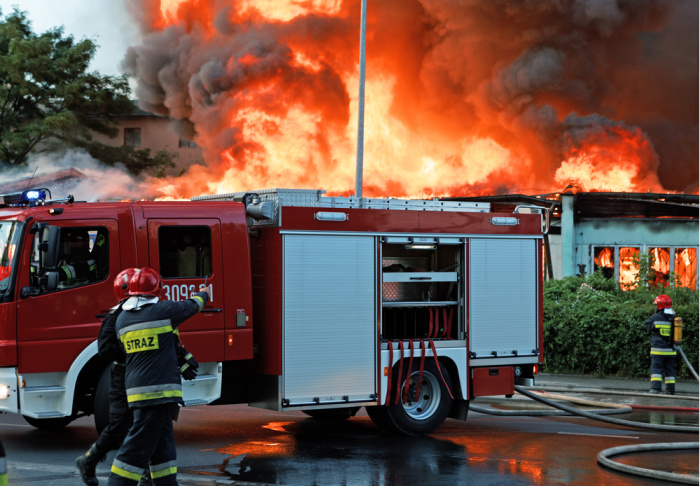


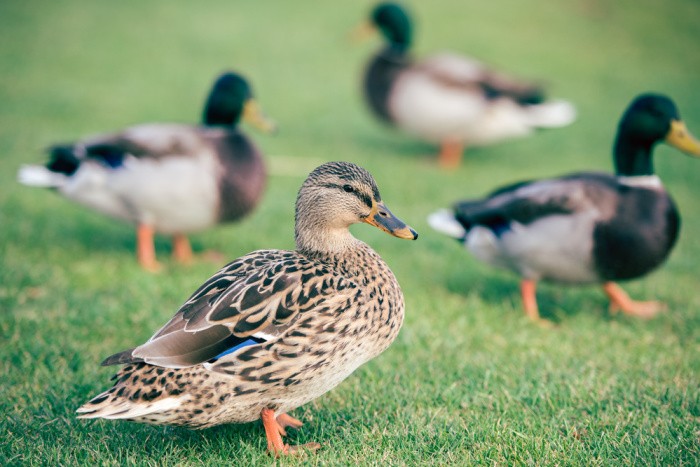
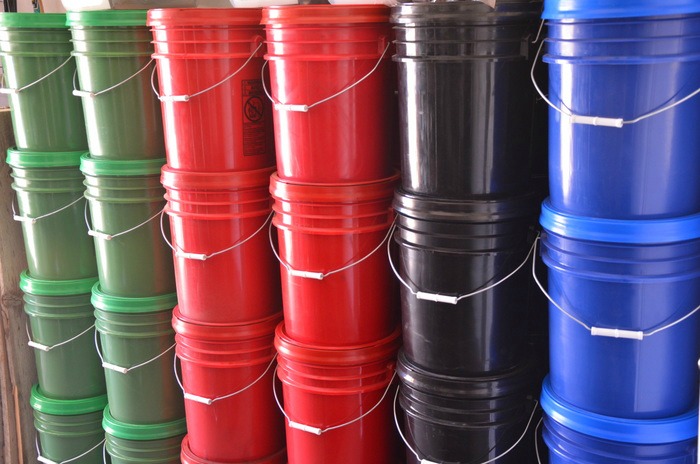
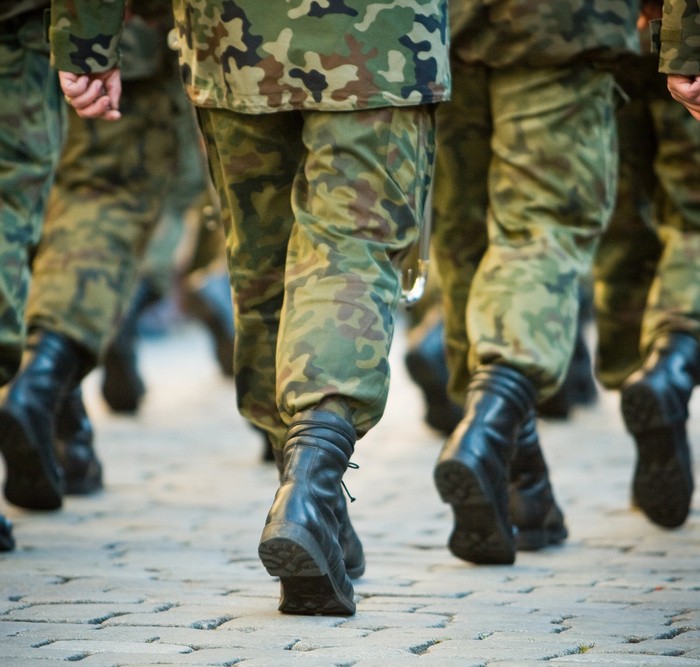



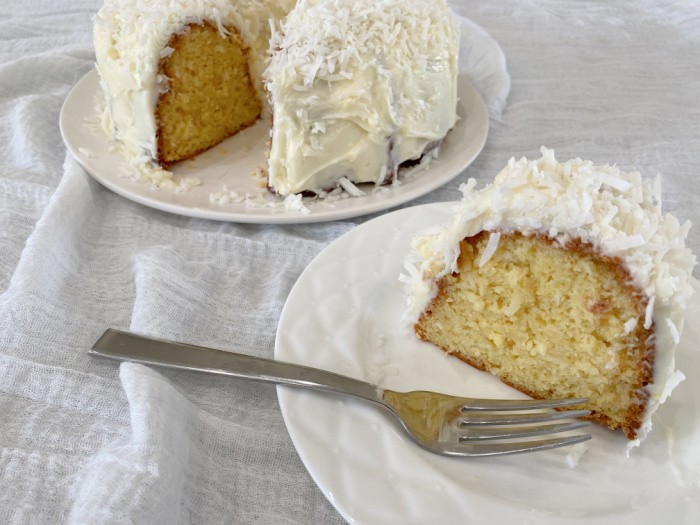











When your taking pictures/video for a records of your home make sure it’s on the cloud and or send it e-mail to someone who doesn’t live near you. That way the e-nail can be accessed and/or the person who has it is not effected as well. I suggest getting pictures of your firearms and serial numbers as well. I know this is contradictory to many with distrust of the government, which I fully understand, but it helps with insurance. If not to the cloud then perhaps a thumb drive as suggested by Linda. Also keep in mind that ammunition is not covered by insurance even firearm insurance. I can not stress enough putting ammo in sealed ammo cans and throw in a desiccant for good measure.
Hi Matt, thanks for the tips! You always have great comments. I need to do both actually, an email, and a thumb drive. Linda
I agree with Matt regarding the use of the Cloud or a thumb drive to hold your home inventory. Another thing to add to that is date of purchase, serial/model numbers on big ticket items such as TVs, computers, other electronics.
When I was 12, our house burned. I don’t recall all the stress and other issues my parents went through to create an inventory. Then, in 1994, my dad’s home burned in a forest fire. Again, the stress and issues regarding creating an inventory was HUGE. With dad, my 5 siblings and myself, we each took a section of the home/garage/out buildings and wrote out what we could recall. Since then, I have kept up on my inventory. When I purchased renter’s insurance, my agent said $20K was plenty for my personal items. I told him that was not nearly enough! My sewing equipment alone would take about $9-10K to replace. ALSO – be sure you get replacement cost insurance: if you lose everything (and I am concentrating on house fires because that is what I have experience with) and it will cost $200K to replace your home, you want to be sure that the insurance will actually pay off so that you CAN replace your home. As for personal items like the TV, refrigerator, stove, etc., the cost to replace those items will far exceed what you paid for them originally so you want replacement cost insurance. Bring that up with your agent. Also, you need to review your homeowner’s or renter’s insurance yearly and update your inventory with those photos/cost/serial-model #s if you replace something. AND if you have guns, jewelry, art work, antiques, you will need to get those assessed for value AND purchase a rider on your insurance in order to get fair market value for those things that are lost and cannot be replaced. You will not be able to “document” food storage, unfortunately, or cash on hand. Those things, if destroyed in a fire, will just fall under personal property but there is no way to get fair value for them – no proof that you didn’t eat the food or spend the cash. Ask your agent, also, about outbuildings – are they covered if they burn? and what about the contents?
Also, be aware that if there is a forest fire or a neighbor’s home burns and YOU have smoke and water damage, you may be able to salvage much of what you have. There are companies that can really get smoke smell out of furniture, clothing, etc. Be sure your homeowner’s/renter’s insurance covers the cost of this – again, ask your agent.
If you have a need to bug out because of a home fire or forest fire, be sure your bug out bags have copies of all of your important documents. I have 3 bags that will leave with me: a backpack, a rolling (small) suit case, and a duffel bag – all have copies of my important documents (reduced in size). These I have “hidden” in the bags so that if I lose any one of them, someone who finds them or steals them will not have ready access to my personal information. The same goes for get home bags and car emergency kits.
Hi Leanne, great comment as always. You know first hand what losing everything really means. You are prepared and I LOVE hearing you have three bags with important documents! Linda
Wow, these are such great tips. I love the extra tips in the comments. This is such an awesome resource.
Hi Jess, oh I love hearing this, thank you!! We work hard to help each other! Linda